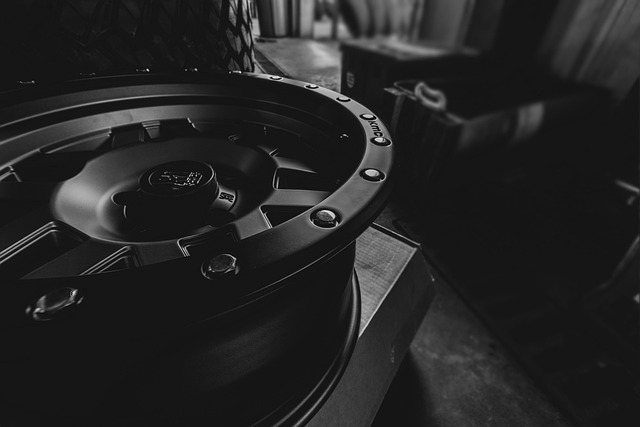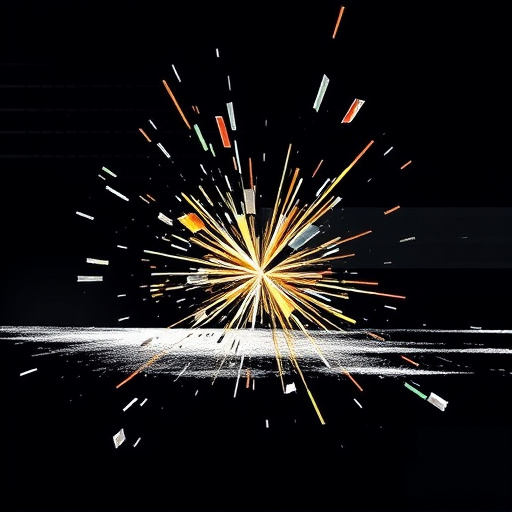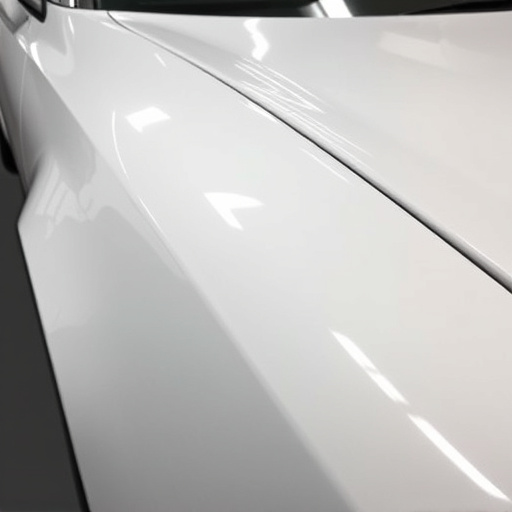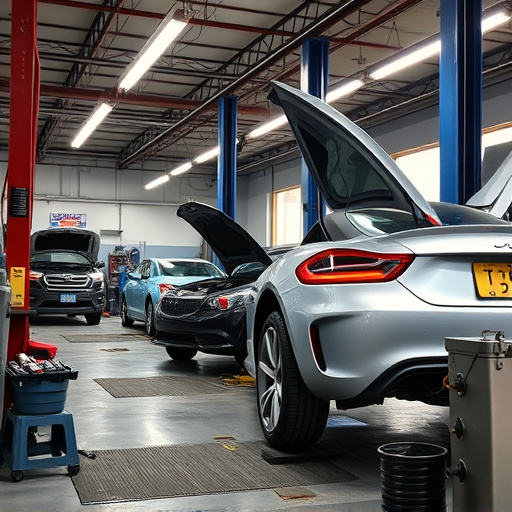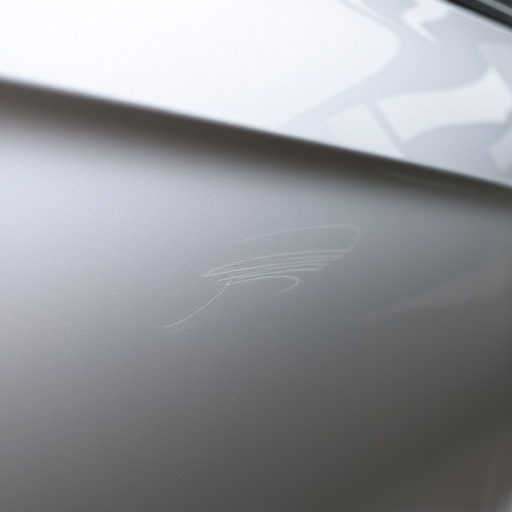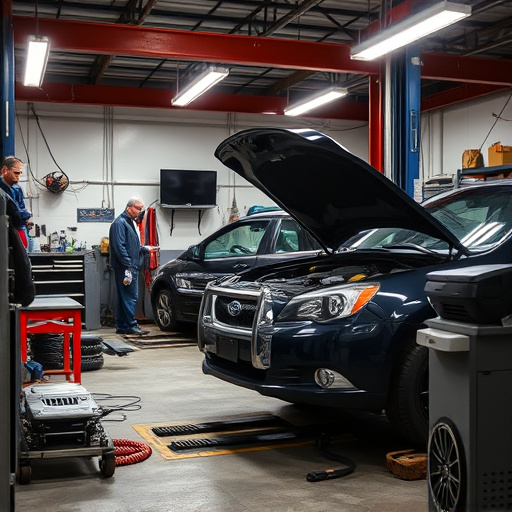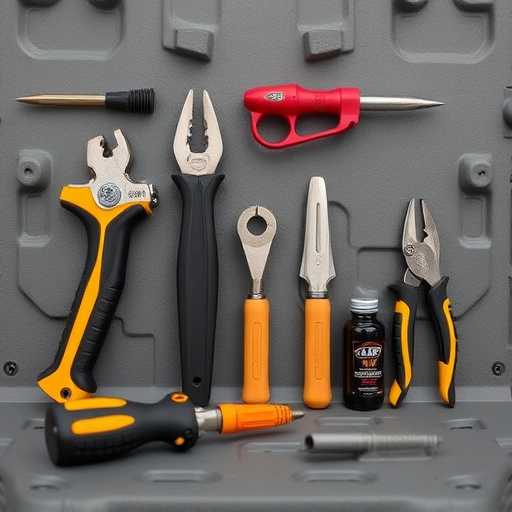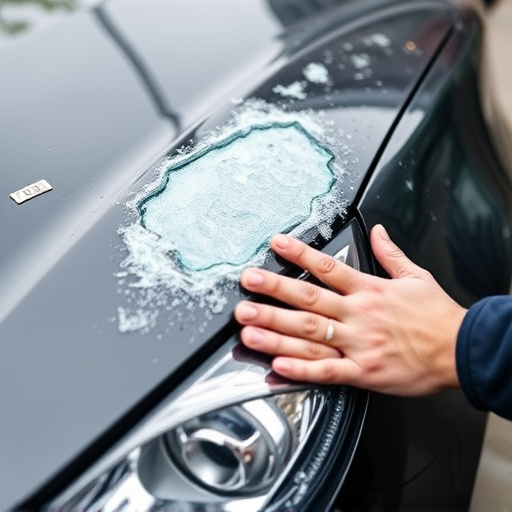Mercedes carbon fiber parts repair demands skilled technicians and advanced techniques to preserve structural integrity and aesthetic appeal. This involves precision cutting, sanding, shaping with specialized tools, and careful selection of high-quality restoration materials. Reputable body shops use methods like paintless dent repair, load simulations, and impact assessments to meet or exceed original manufacturer standards, ensuring vehicle safety and performance capabilities.
Mercedes-Benz has long been an innovator in automotive materials, incorporating carbon fiber into their high-performance models. When these delicate components suffer damage, repairs are essential. This article delves into the effectiveness of repairing Mercedes carbon fiber parts, exploring their unique structure, common failure modes, and the intricate repair process using advanced techniques and materials. We also discuss rigorous testing methods to ensure restored parts maintain their structural integrity.
- Understanding Mercedes Carbon Fiber Parts Structure and Failure Modes
- The Repair Process: Techniques and Materials Used for Restoration
- Testing and Ensuring Retained Strength After Repairs on Carbon Fiber Components
Understanding Mercedes Carbon Fiber Parts Structure and Failure Modes
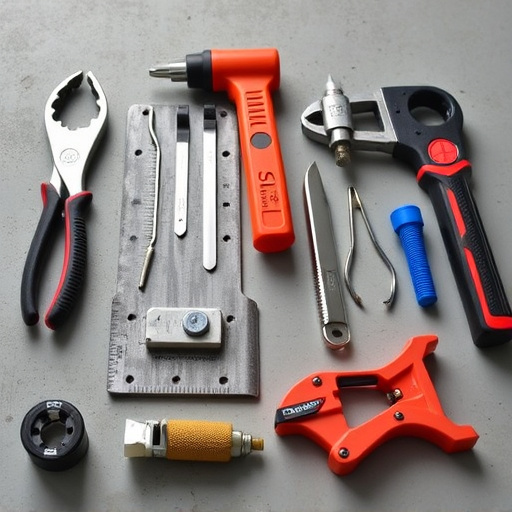
Mercedes carbon fiber parts are renowned for their exceptional strength-to-weight ratio, making them a popular choice in automotive manufacturing, especially for high-performance models. These advanced composite materials consist of multiple layers of carbon fibers impregnated with a resin matrix, creating a rigid and lightweight structure. Understanding the intricate structure is crucial when considering repairs. Carbon fiber parts can fail due to various reasons, including impact damage, fatigue from repeated stress, or exposure to extreme temperatures. Cracks, delaminations, and fiber breaks are common failure modes.
When a Mercedes carbon fiber part requires repair, it’s essential to approach the process with expertise. Repairs often involve carefully removing damaged sections while preserving intact areas. Skilled technicians use specialized tools and techniques, such as composite welding or structural adhesives, to rejoin the fibers securely. The goal is to restore the part’s structural integrity, ensuring it meets the stringent quality standards of Mercedes-Benz and performs like new. Effective repairs can extend the life of these high-performance components, offering an alternative to costly replacements and preserving the unique characteristics of these advanced automotive materials in vehicle body shops providing top-tier automotive repair services.
The Repair Process: Techniques and Materials Used for Restoration
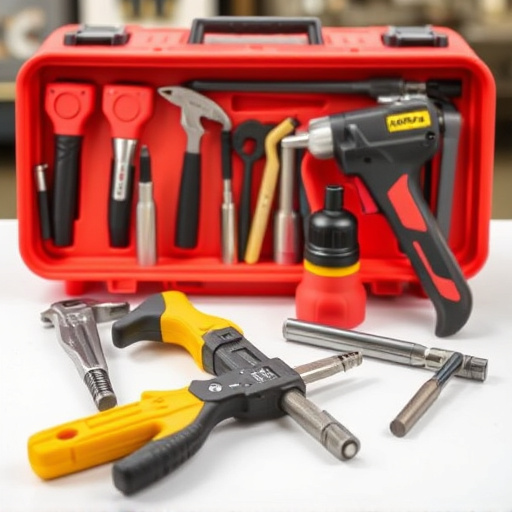
The repair process for Mercedes carbon fiber parts involves a meticulous approach to ensure the retention of structural integrity and aesthetic appeal. Skilled technicians employ advanced techniques tailored to carbon fiber’s unique properties. This often includes using specialized tools for precision cutting, sanding, and shaping to remove damaged or missing sections. The art of carbon fiber restoration requires a delicate balance; excessive heat or aggressive sanding can compromise the material’s strength and rigidity.
Restoration materials play a crucial role in the success of the repair. High-quality composites, including carbon fiber sheets and resins, are carefully selected to match the original part’s specifications. Technicians expertly apply these materials, ensuring proper adhesion through meticulous preparation and cleaning. The result is a seamless fusion that not only restores the car body restoration but also maintains the vehicle’s structural integrity, akin to fixing a minor car scratch repair. This process is commonly carried out in auto collision centers equipped with state-of-the-art equipment for superior Mercedes carbon fiber parts repair.
Testing and Ensuring Retained Strength After Repairs on Carbon Fiber Components
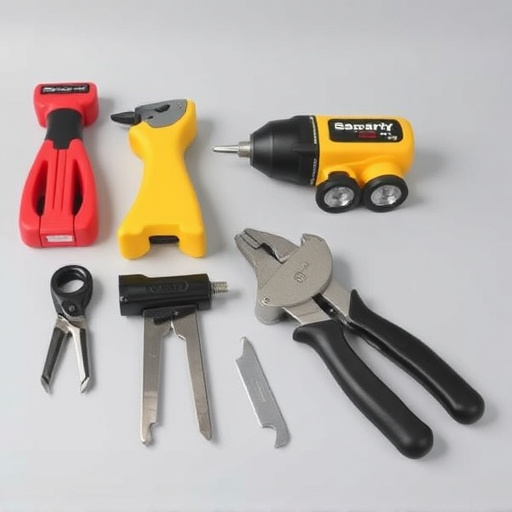
When it comes to repairing Mercedes carbon fiber parts, ensuring the retained strength of these components is paramount. Testing plays a crucial role in verifying the integrity of the repairs. Reputable car repair shops specializing in body shop services offer advanced techniques like paintless dent repair for carbon fiber, which allows for precise restoration without compromising structural strength.
Through rigorous testing protocols, including load simulations and impact assessments, technicians can guarantee that repaired carbon fiber parts meet or exceed original manufacturer standards. This meticulous process involves using specialized equipment to apply controlled forces to the repaired area, simulating real-world conditions. By doing so, car repair shops assure owners that their vehicles’ structural integrity remains intact, providing the same level of safety and performance as new Mercedes carbon fiber components.
Repaired Mercedes carbon fiber parts can retain their structural strength with proper techniques and materials. By understanding the unique structure and failure modes of these components, along with meticulous repair processes involving advanced composites and rigorous testing, it’s possible to restore their original integrity. This ensures that repaired Mercedes carbon fiber parts not only look as good as new but also perform optimally, providing owners with a reliable and durable solution for their vehicles.
